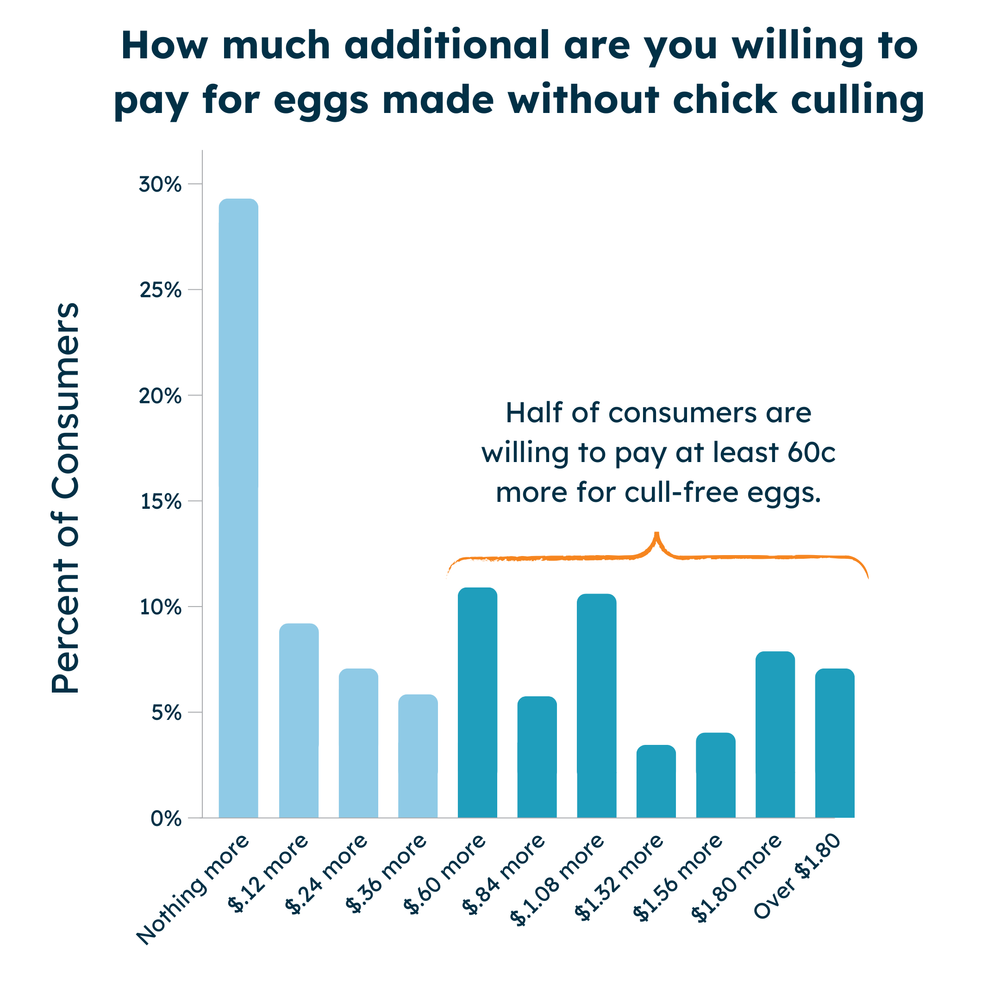In-Ovo Sexing Quarterly Roundup: Q2 2024
Welcome to Innovate Animal Ag’s in-ovo sexing quarterly roundup for Q2 2024, where we dive into the latest news for the technology, and what it means for consumers and producers across the globe.
Business Roundup
The egg producer Kipster announced in May that they plan to use in-ovo sexing technology later this year for their US operations. This announcement comes on the back of an earlier announcement from US producer Egg Innovations that they will also use the technology in 2025. These announcements point to a new trend in American egg production. Over the last few years, companies like Vital Farms and Unilever have committed to using in-ovo sexing once the technology becomes commercially available in the US, and these recent announcements have put a timeline on this becoming a reality.
HatchTech, the parent company of in-ovo sexing technology company Respeggt, acquired NYtor, a company that designs and develops molecular assays, like the allantoic sampling tests that are used for in-ovo sexing. HatchTech CEO Tjitze Meter told The Poultry Site, the partnership strives to lower the costs of in-ovo sexing so it can be attractive to all layer hatcheries, even in countries without bans on chick culling.
In-ovo sexing technology company Orbem announced that the Ter-Heerdt-Verbeek hatchery in Babberich, the Netherlands, and the new Hendrix Genetics hatchery in Bad Bentheim, Germany will implement Orbem’s MRI-based in-ovo sexing technology. Agri Advanced Technologies, another in-ovo sexing technology provider, also announced that Broederij Van Gent in the Netherlands will use their Cheggy Zoom technology.
Respeggt announced a new partnership with Het Anker hatchery in which Het Anker will source female hatching eggs for three years from the Beunder hatchery in Warder, the Netherlands, which has utilized Respeggt’s circuit since 2022. This partnership could point to a new trend where hatcheries with in-ovo sexing machines distribute sexed hatching eggs to other hatcheries without in-ovo sexing capabilities.
Norwegian CPG conglomerate Nortura announced that all eggs sold under their Prior brand will be free of chick culling by 2025, followed by the rest of their eggs in the subsequent few years. This announcement was enabled by Respeggt’s technology in the Steinsland hatchery. Nortura accounts for around three quarters of Norwegian egg production.
Hatchery of the Future
Innovate Animal Ag launched our Hatchery of the Future webpage, which digs into how in-ovo sexing and hatchery modernization have the potential to revolutionize the relationship between the hatchery and the farm. In the report, we describe the overlapping synergies between in-ovo sexing, on-farm hatching, in-ovo vaccination, and in-ovo feeding, across the layer and broiler industries.
Innovate Animal Ag released our American Views on Technology in Animal Agriculture report, where we analyzed a new survey on consumer views on technology in animal agriculture. According to this survey, consumers fundamentally want practical solutions for challenges in animal health and welfare, and often see science-backed technology as a sensible way to address these challenges. Over half of consumers in this survey also expressed a willingness to pay for foods that they view are produced more humanely, which tracks with our survey on American attitudes towards in-ovo sexing. In that survey, half of consumers were willing to pay 60 cents or more per dozen of eggs produced with in-ovo sexing.
A new article in animal found that on-farm hatching can improve the microbiological condition of the farm, compared to conventional hatching. One potential worry with on-farm hatching is that leaving behind hatched shells and the presence of unhatched eggs may increase the rate of infections and decrease chick health. This study assuages those worries, and shows that the cleaner and simpler practice of on-farm hatching can actually increase sanitary conditions and biosecurity. This reinforces previous findings that on-farm hatching significantly reduces the need for antibiotics for broilers. On-farm hatching is a key part of the hatchery of the future, and in-ovo sexing could unlock its use for layers.
Check out our Overview page for more information on in-ovo sexing, which will be kept up to date with new developments as soon they occur.

